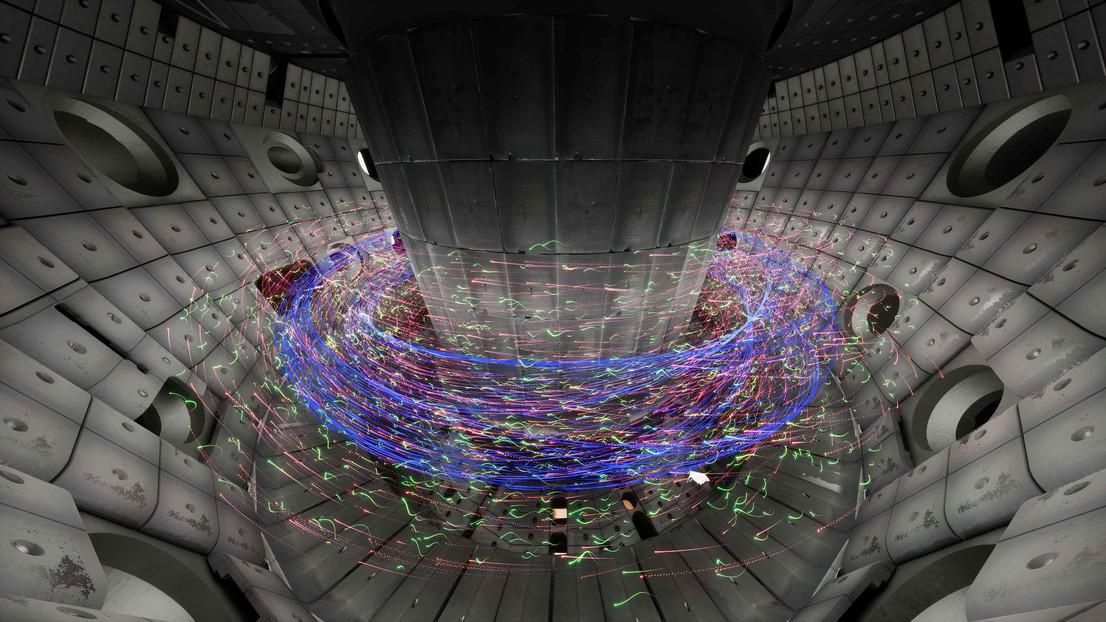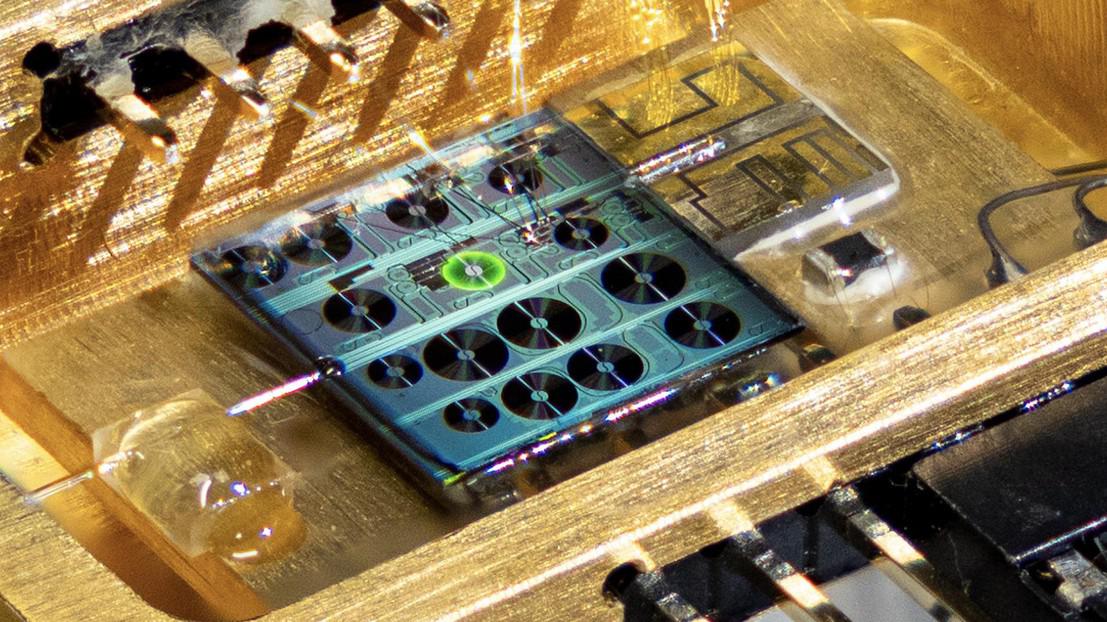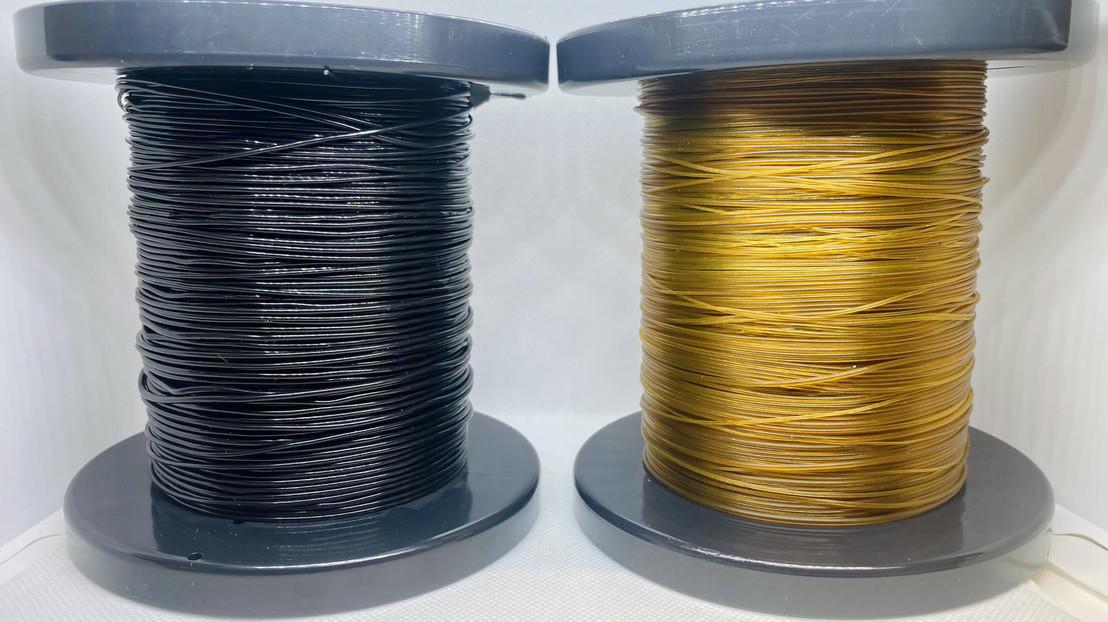
2024 EPFL/Adrien Buttier - CC-BY-SA 4.0
More than just a year, the end of 2024 marks a turning point for EPFL, with the departure of its President Martin Vetterli after 8 years at the helm of the institution. From January 1, 2025, a new team, led by Anna Fontcuberta i Morral, will take over for a four-year term. This will be the first time a woman has presided over a Swiss federal institute of technology.
Here are the most widely read scientific, academic, student and institutional news items of the past 12 months, broken down by faculty and the institution.
Stimulating hypothalamus restores walking in paralyzed patients
Researchers at EPFL and Lausanne University Hospital (CHUV), led by Grégoire Courtine and Jocelyne Bloch, have achieved a major milestone in the treatment of spinal cord injuries. By applying deep brain stimulation to an unexpected region in the brain-the lateral hypothalamus -the team has improved the recovery of lower limb movements in two individuals with partial SCI.
The same team has combined advanced molecular mapping technologies and AI, to publish an open-source 'atlas' providing a comprehensive understanding of spinal cord injury biology in mice.
3D visualization brings nuclear fusion to life

EPFL was selected by the EUROfusion consortium to develop an advanced visualization system for a preliminary process in nuclear fusion. The system is designed to turn reams of simulation and testing data into real-time graphics worthy of today's advanced video games.
The Laboratory for Experimental Museology (EM+) specializes in this technology and has developed this program that turns the terabytes of data generated from the tokamak simulations and testing carried out by the Swiss Plasma Center into an immersive 3D visualization experience.
Moving objects precisely with sound
Researchers from the Laboratory of Wave Engineering have succeeded in directing floating objects around an aquatic obstacle course using only soundwaves. Their novel, optics-inspired method holds great promise for biomedical applications such as noninvasive targeted drug delivery.
An entire brain-machine interface on a chip

EPFL/Andrea Bancora&Yang Liu CC-BY-SA 4.0
Researchers from the Integrated Neurotechnologies Laboratory have developed a next-generation miniaturized brain-machine interface capable of direct brain-to-text communication on tiny silicon chips.
At the Laboratory of Photonics and Quantum Measurement, scientists have successfully miniaturized a powerful erbium-based fiber laser on a silicon-nitride photonic chip. Since typical erbium-based fiber lasers are large and difficult to scale down, the breakthrough promises advances in optical communications and sensing technologies.
Unifying behavioral analysis through animal foundation models
Behavioral analysis can provide a lot of information about the health status or motivations of a living being. A new technology developed at the Bertarelli Foundation Chair of Integrative Neuroscience makes it possible for a single deep learning model to detect animal motion across many species and environments. This "foundational model" called SuperAnimal, can be used for animal conservation, biomedicine, and neuroscience research.
Could ChatGPT get an engineering degree?
GPT-4 answers an average of 65.8% of university assessment questions correctly, and can even produce the correct answer across at least one prompting strategy for 85.1% of questions. That's what EPFL research investigating the potential impact on education of AI assistants has found.
In addition, a study led by the Data Science Lab has demonstrated the persuasive power of Large Language Models, finding that participants debating GPT-4 with access to their personal information were far more likely to change their opinion compared to those who debated humans.
Sustainable plastics from agricultural waste

EPFL/Lorenz Manker - CC-BY-SA 4.0
Scientists from the Laboratory of Sustainable and Catalytic Processing have developed a novel method for creating polyamides - a class of plastics known for their strength and durability, the most famous of which are nylons - using a sugar core derived from agricultural waste.
Catastrophically warm predictions are more plausible than we thought
Researchers at the Laboratory of atmospheric processes and their impacts developed a rating system to evaluate the plausibility of climate model simulations in the IPCC's latest report, and show that models that lead to potentially catastrophic warming are to be taken seriously.
Reconciling studies and top-level sport
Several EPFL students successfully combined their studies with top-level sports. Paul McIntyre is the 2024 Swiss indoor 1500 m champion; Aline Rosset is a 1st dan black belt; triathlete Adrien Briffod and Thimothé Mumenthaler, European 200 m champion in the spring, also took part in the Paris Olympics.
Motivating projects for EPFL

© Filippo Bolognese / KAAN Architecten
While construction of the Double Deck is scheduled to start in summer 2025, the prospect of the new Advanced Science Building for fundamental research has been very appealing. The strengthening of links between EPFL and ETHZ in the field of AI, whether through the new SDSC building (Swiss Data Science Center) or the launch of the Swiss National AI Institute (SNAI), has not gone unnoticed either. Nor have the announcements of new chairs in Fribourg and Sion.






